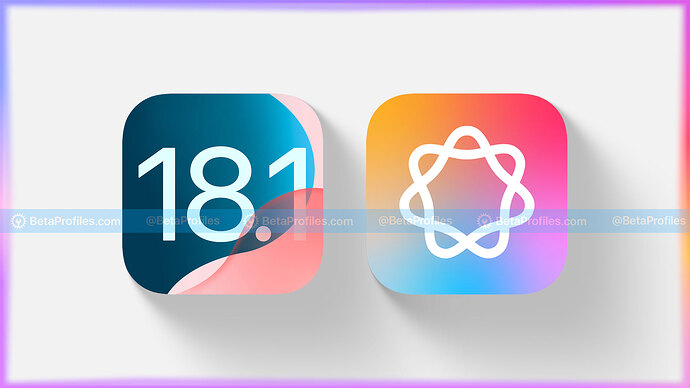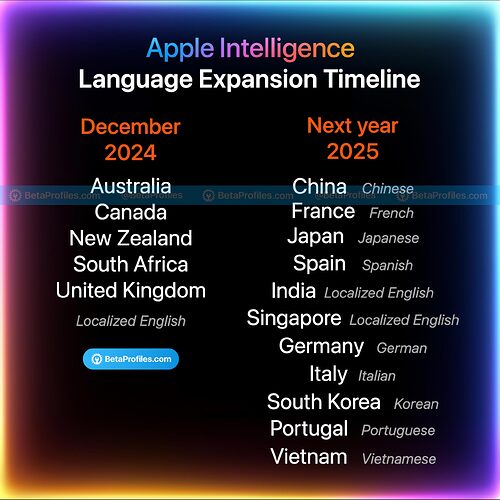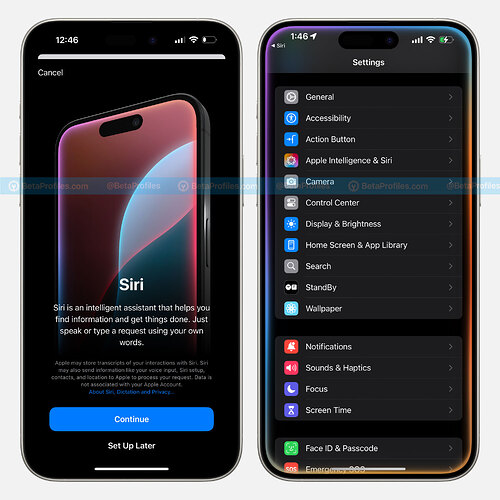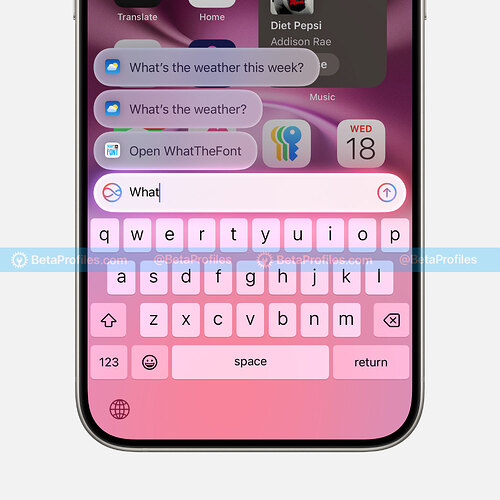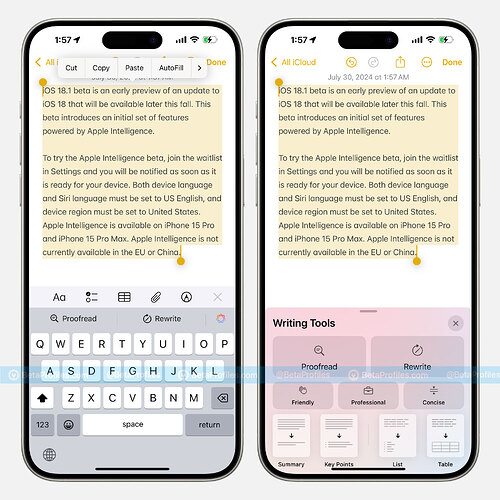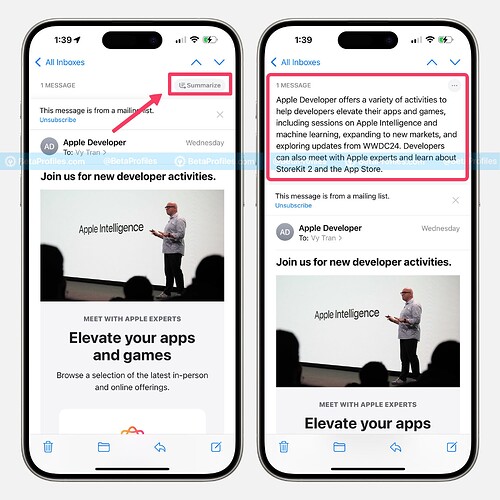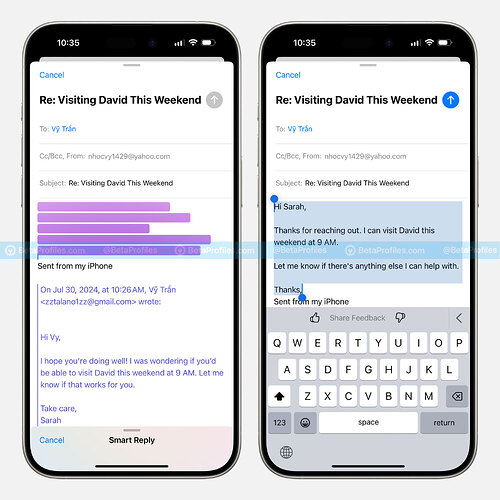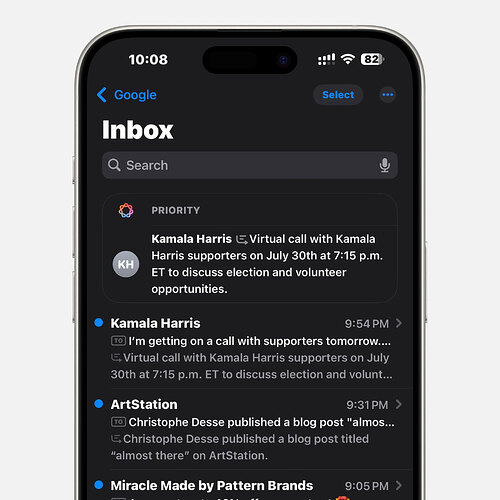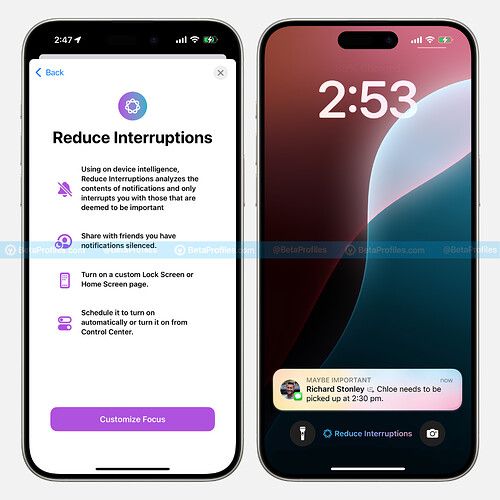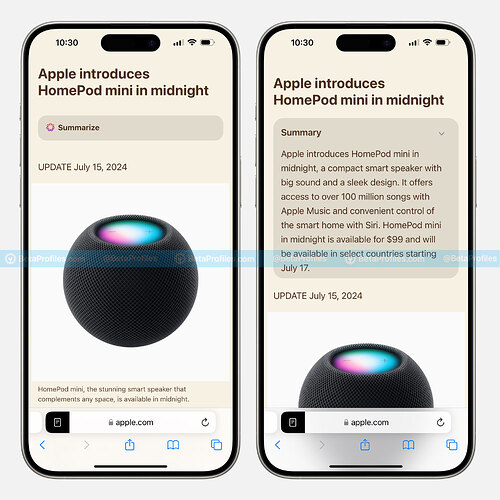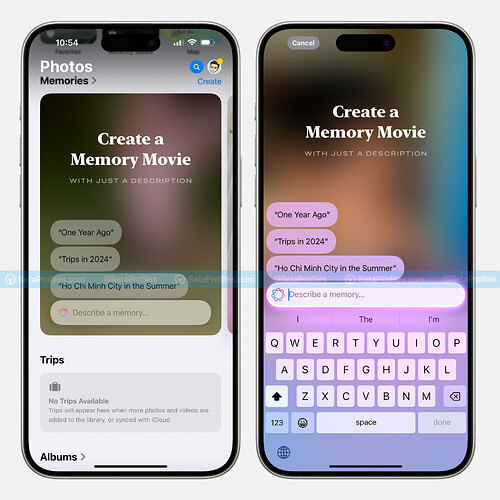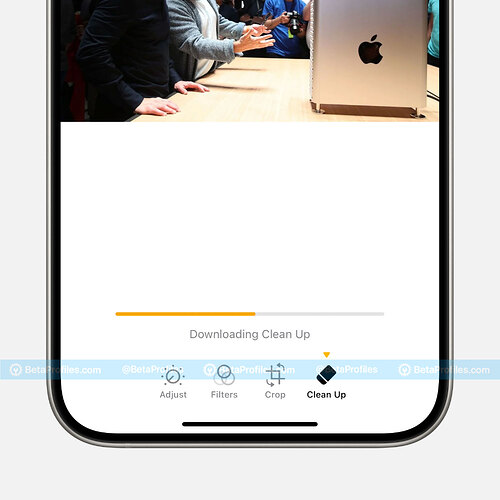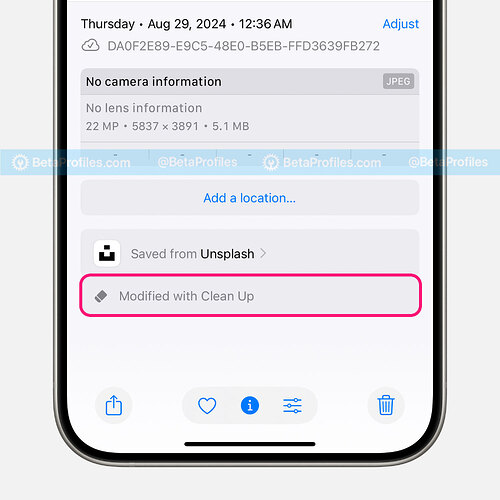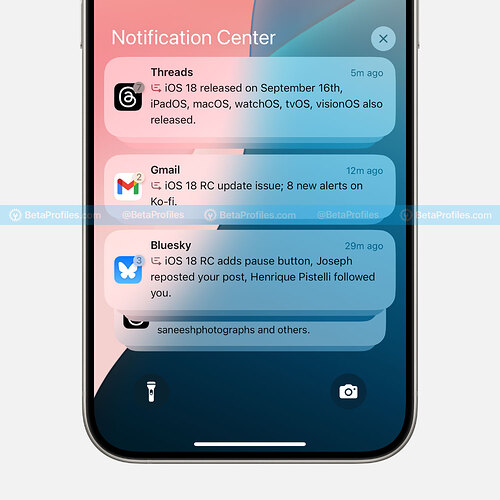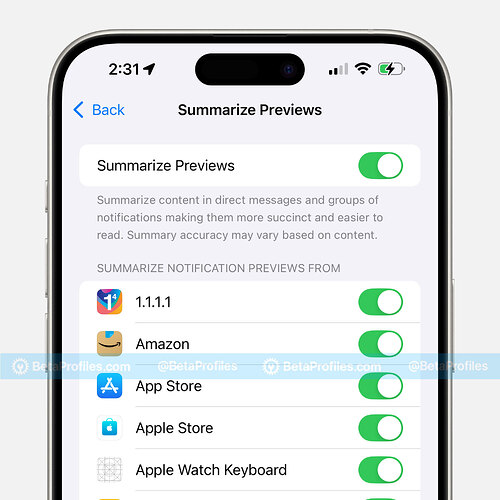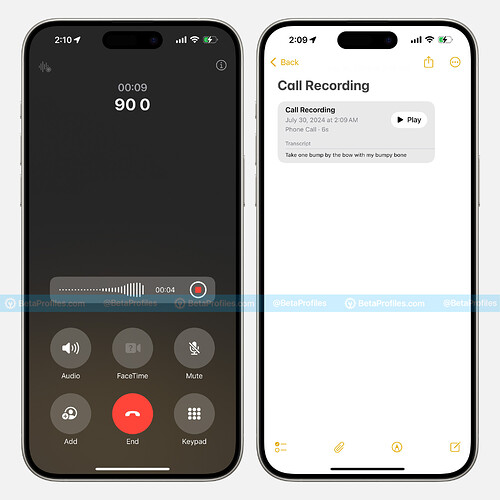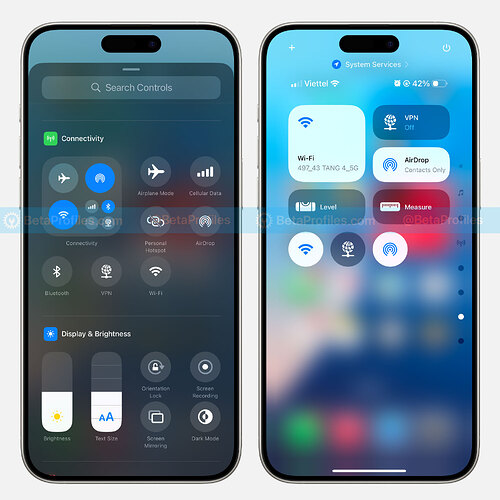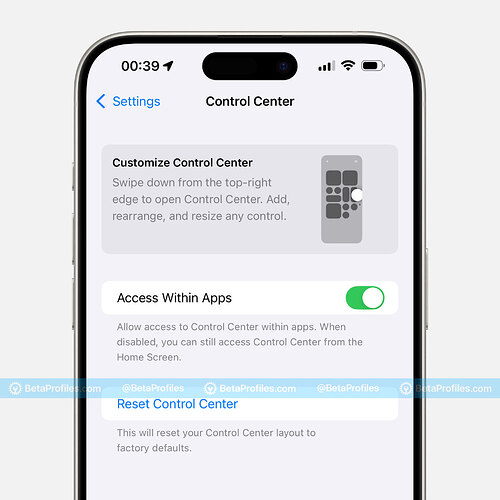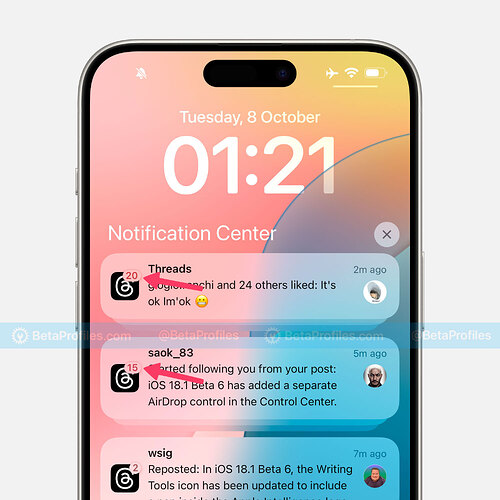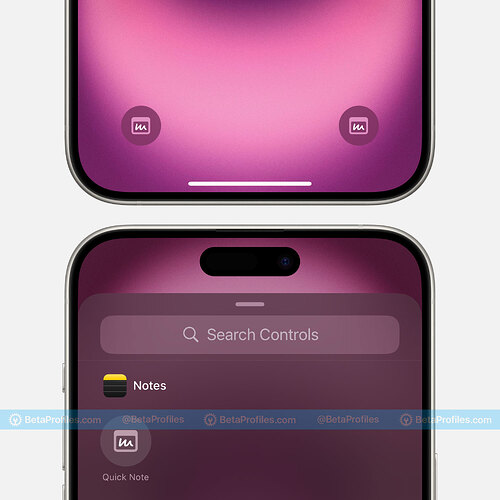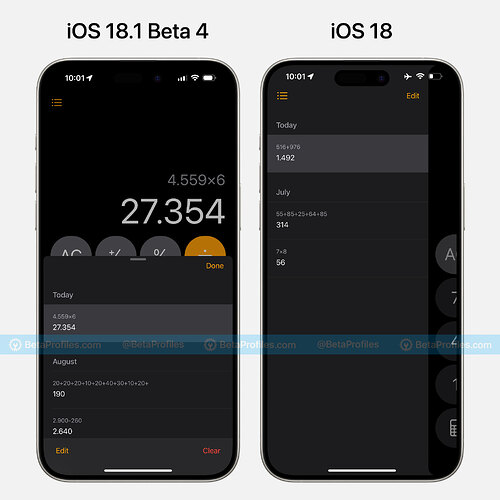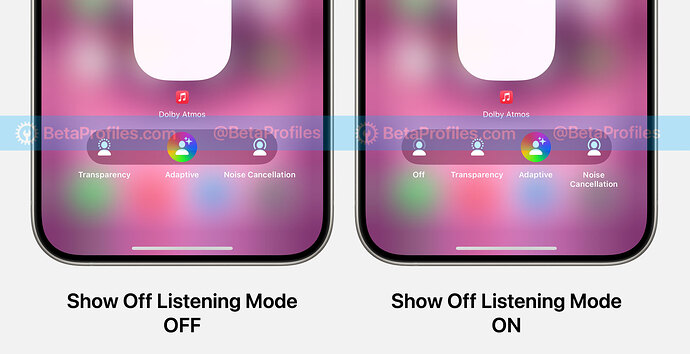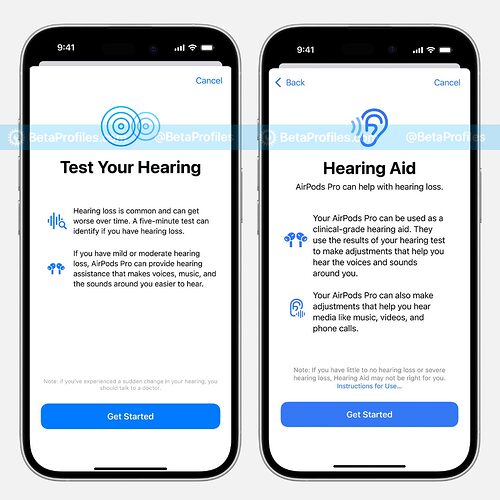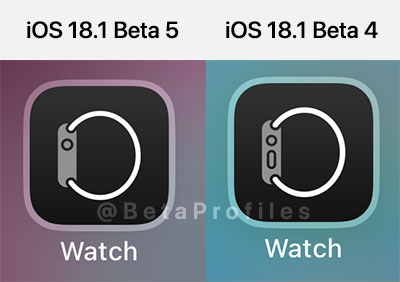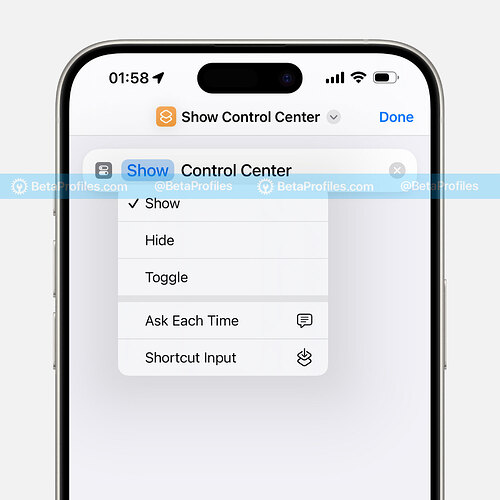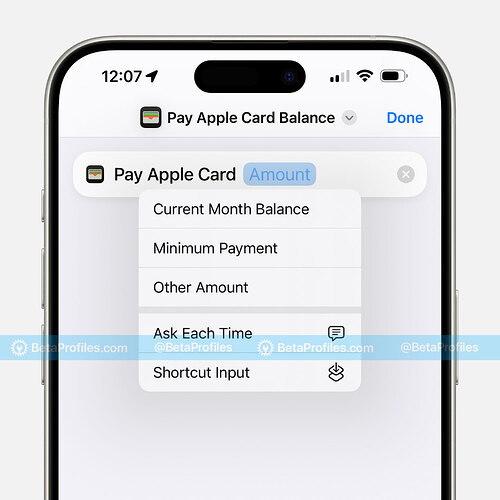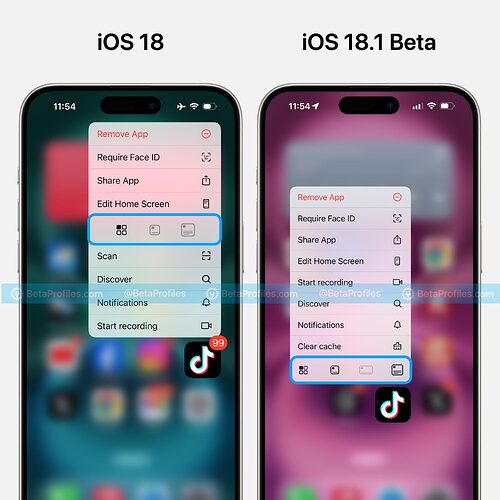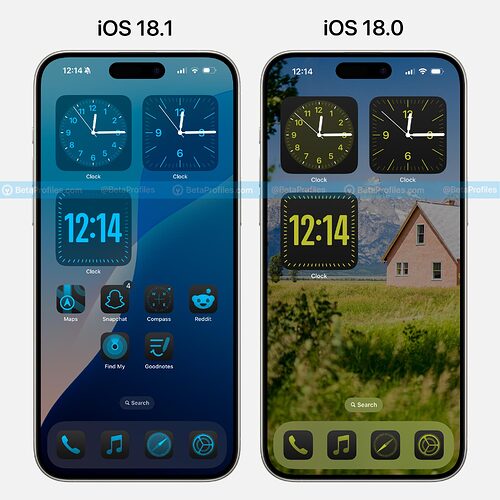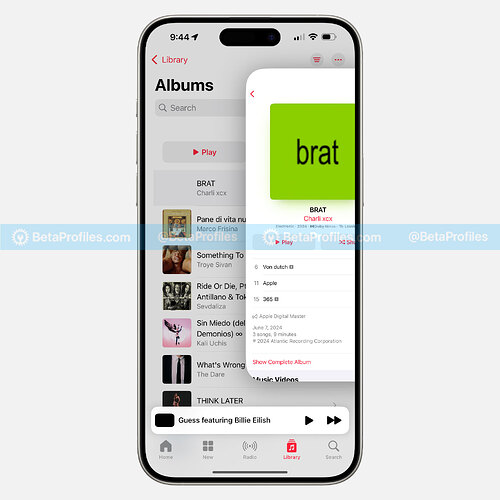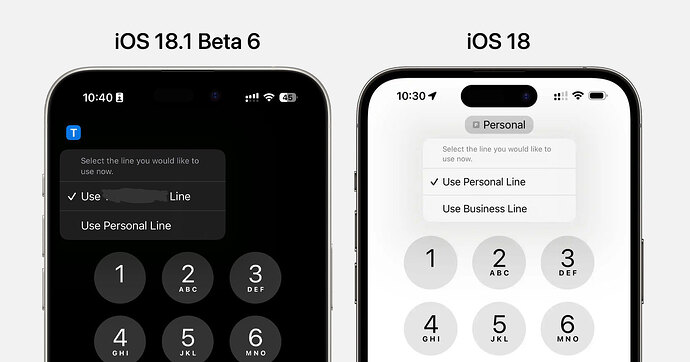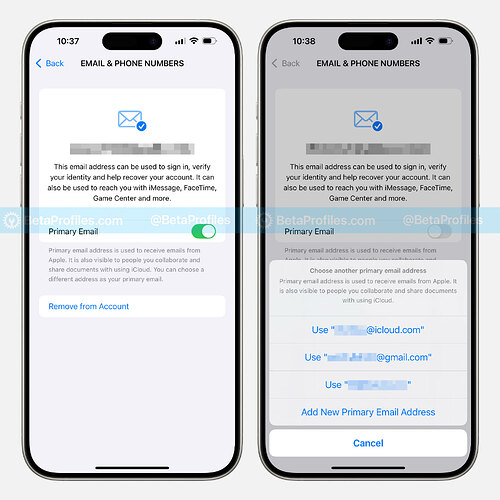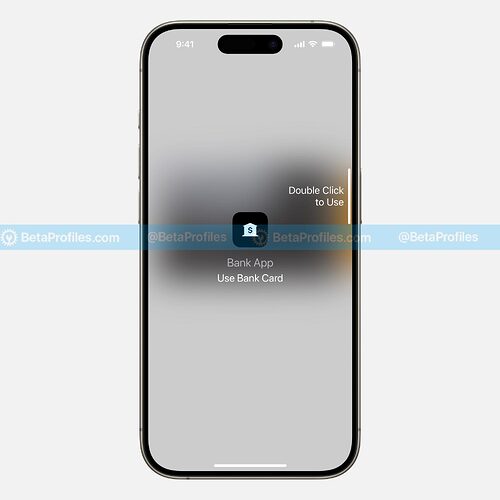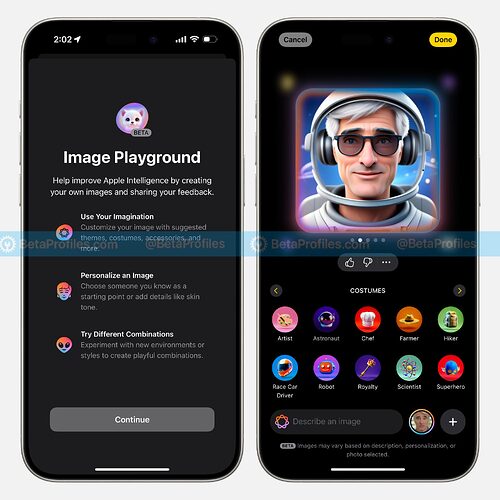iOS 18.1 and iPadOS 18.1 are expected to be released next week (around October 28), marking the first major update since the launch of iOS 18 and iPadOS 18 last month. This update brings several Apple Intelligence features for the iPhone 15 Pro and iPad M1 and newer devices (full support list), while other models will receive some noteworthy changes, which I’ll list below.
If you’re not interested in the Apple Intelligence features, click here to jump to the list of other features and changes in iOS 18.1 available for all devices.
Apple Intelligence
To access the Apple Intelligence features in iOS 18.1 and iPadOS 18.1, you need to change your device’s default language to English (US) and set Siri’s language to English (US).
I have a detailed guide on how to set up and join the Apple Intelligence waitlist; you can check it out here.
Apple has stated that Apple Intelligence will support more languages, such as Chinese, French, Spanish, Korean, Vietnamese, and others, next year. In the upcoming iOS 18.2, localized English versions for Australia, Canada, New Zealand, South Africa, and the UK will also be available.
Please note that Apple Intelligence is currently only available for devices with the A17 Pro and M1 chips or newer, which include:
- iPhone 16 and iPhone 16 Plus (A18)
- iPhone 16 Pro and iPhone 16 Pro Max (A18 Pro)
- iPhone 15 Pro and iPhone 15 Pro Max (A17 Pro)
- iPad Pro M1 and later
- iPad Air M1 and later
- iPad mini (A17 Pro)
Additionally, users in the EU and China cannot use Apple Intelligence at this time.
New Siri UI
iOS 18.1 and iPadOS 18.1 has introduced an entirely new UI for Siri. When activating Siri by holding the Side button or using the voice command, you’ll see an elegant light effect around the edges of the screen.
You can also double-tap on the Home bar to type a command for Siri from anywhere in the system when you don’t want to speak aloud.
Here’s the new Siri UI in action:
https://x.com/BetaProfiles/status/1817983669086339424
Writing Tools
Writing Tools are available system-wide, including in third-party apps, and they help you rewrite, proofread, and summarize text. Simply select a text area and tap the Writing Tools option from the menu that appears. You’ll see options like Proofread or Rewrite with different versions, such as Friendly, Professional, or Concise.
You can also summarize the content into a Summary or Key Points. This feature also works with lists and tables.
Mail Summary and Smart Reply
Thanks to Apple Intelligence, the Mail app has been enhanced with the ability to summarize emails and offer Smart Reply.
Smart Reply scans email content and offers contextual response options. Just choose one, and it will generate a quick reply for you.
Additionally, important emails are also moved to the top of your inbox, so you see them first.
Image credit u/Gradly
Focus Mode
iOS 18.1 adds a new Focus mode called Reduce Interruptions, using on-device AI to automatically analyze notification content and only interrupt you with important notifications.
Additionally, when customizing your existing Focus mode, there’s a new option called Intelligent Breakthrough & Silencing. It essentially allows important notifications to interrupt you while silencing unimportant ones. You can select apps or people to override this setting.
Safari Summarize
When viewing an article in Reader Mode in Safari, there’s a new Summarize button that uses Apple Intelligence to summarize the article’s content for you.
Memory Movie
The Photos app now has the ability to create Memory Movies using your descriptions. Just enter a description, and Apple Intelligence will automatically select the most fitting photos and videos. It will then create a movie based on what’s in your Photos app. You can add specific scenes and images you want or change the music.
The ability to search for photos and videos in the Photos app has also been improved with Apple Intelligence. You can now use natural language queries, like “My cat playing in the backyard,” or select smart suggestions to narrow down what you’re looking for.
Clean Up
iOS 18.1 and iPadOS 18.1 introduces the Clean Up feature, using Apple Intelligence to identify unwanted objects in the background and allowing you to remove them with just a tap or by circling the area you want to clean up.
Clean Up works with all photos in your library, even those not taken by you.
https://x.com/BetaProfiles/status/1828851155465798063
According to Apple, this feature uses various machine learning models to detect distractions, identify the edges of objects, and then seamlessly fill in the area to replace the unwanted object, even filling in shadows or reflections. Therefore, when you first use Clean Up, you’ll need an internet connection to download the machine learning models, but after that, it will work without a network connection.
Even if you draw a circle over any face in a photo, Clean Up will automatically censor it for you. How cool is that?
https://x.com/BetaProfiles/status/1828873523525517599
Images edited with Clean Up will be labeled as “Modified with Clean Up” in the Photos app, and this information will also be included in the photo’s EXIF data.
To use Clean Up, select the photo you want to edit, tap the edit icon in the bottom menu, and choose Clean Up.
Summarize Notifications
Long notifications from apps in iOS 18.1 can now be summarized to help you quickly access important information without having to sift through a ton of other notifications.
You can enable or disable this feature in Settings - Notifications - Summarize Preview, where you can turn it off completely or only enable it for specific apps.
And some Apple Intelligence features are still missing, such as:
- Priority Notifications: Display important notifications at the top of the notification stack (iOS 18.2 is expected)
- Image Playground: An app for creating images using Apple Intelligence (iOS 18.2 is expected)
- Genmoji: Create custom emojis using Apple Intelligence (Expected in iOS 18.2)
- Image Wand: Transform your rough sketches into related images within the Notes app (Expected in iOS 18.2)
- ChatGPT: Integration of ChatGPT with the new Siri (Expected in iOS 18.2)
- On-Screen Awareness and Peronal Context Awareness (Expected in iOS 18.4)
→ What Features Are Coming in iOS 18.2 Beta?
Phone Call Recording
Now, iPhone XR, iPhone XS and later can record calls, while iPhone 12 and later can both record calls and generate transcriptions saved in the Notes app.
Please note that AI-generated transcript summaries are only available on iPhone 15 Pro, iPhone 15 Pro Max, and all iPhone 16 models.
To record a call, just make the call, and when the other person answers, you’ll see a recording button in the top left corner. Tap it to start recording. For privacy, both parties on the call will be notified that the call is being recorded.
Control Center
Control Center has received more changes in iOS 18.1 and iPadOS 18.1.
First, the connectivity control page has been redesigned, with the Wi-Fi, AirDrop, Cellular Data, and Bluetooth controls now displayed in a square layout rather than the long rectangular design from iOS 18. This change appears when you long press the 2x2 Connectivity module or open the Connectivity page in Control Center.
There are six new controls added to Control Center in iOS 18.1, including:
- Wi-Fi
- VPN
- AirDrop
- Satellite
- Measure
- Level
Two of the most requested standalone connectivity controls, Wi-Fi and AirDrop. In iOS 18, to access Wi-Fi control, you had to add the Connectivity module. Starting from iOS 18.1, you can add the standalone Wi-Fi control.
All the new controls can be customized in 1x1, 2x1, or 2x2 sizes like other controls.
Additionally, there’s a new ‘Reset Control Center’ option in Settings → Control Center, which allows you to reset the layout to default. This has been a highly requested feature since iOS 18 introduced customizable Control Center, and this new reset button will help you restore the original Control Center without needing to manually rebuild it.
Grouped Notifications
Grouped notifications now show a badge next to the app icon, indicating the number of notifications within that group.
This feature was previously only available for notifications summarized by Apple Intelligence.
Drag and Drop for iPhone Mirroring
iPhone Mirroring was introduced in iOS 18 and macOS Sequoia 15, allowing you to interact with your iPhone on your Mac’s screen while the iPhone’s display is off. Apple previously announced that iPhone Mirroring would support smooth drag-and-drop file transfers between Mac and iPhone, set to arrive in an update later this year, which is iOS 18.1 and macOS 15.1.
After updating, you can drag an image from your iPhone into Notes on your Mac, or drag a video from iPhone into a LumaFusion project on Mac. Conversely, you can drag files from your Mac into the iPhone Mirroring window, and it works as expected.
https://x.com/BetaProfiles/status/1838305505649004650
Lock Screen Shortcut
iOS 18.1 also reintroduces the Quick Note button for the Lock Screen shortcut. This button was initially present in iOS 18 Beta 2 but was removed in the official release of iOS 18.
Spatial Mode
Apple introduced spatial photo capture for the entire iPhone 16 lineup, and with iOS 18.1, they’re expanding it to the iPhone 15 Pro and iPhone 15 Pro Max. Previously, the iPhone 15 Pro could only record spatial videos.
There’s a new Spatial option in the Camera app, allowing you to quickly switch between spatial photo and video modes.
Calculator
In iOS 18.1, the calculation history in the Calculator app now appears from the bottom of the screen instead of the left side.
Bigger Emojis Keyboard
The emoji keyboard in iOS 18.1 and iPadOS 18.1 is now larger than before, with more space between the emojis.
Apple first introduced this change in iOS 18 Beta 3 but then removed it in iOS 18 Beta 4 and later versions. Many users dislike the larger emoji keyboard and think it should be an option they can adjust in the settings. What do you think?
AirPods
In the AirPods settings, there is a new option to display “Off” in listening modes, allowing you to easily hide the Off button from the AirPods control interface in Control Center.
Apple states that to reduce loud sounds, you must switch AirPods to Noise Cancellation, Adaptive, or Transparency mode. The Off button will not help you avoid loud noises.
Hearing Health Features (AirPods Pro 2)
At the Glowtime event in September, Apple introduced hearing health features exclusive to the AirPods Pro 2, including Hearing Protection, Hearing Test, and Hearing Aid.
- Hearing Protection uses the H2 chip to actively reduce loud, intermittent noises at up to 48,000 times per second across all listening modes (Transparency, Adaptive, and Noise Cancellation). The new algorithm allows you to still hear natural, vibrant sound at concerts.
- Hearing Test works by playing sounds at various frequencies and asking users to tap the screen when they hear something. Once the test is complete, results appear immediately and are also stored in the Health app.
- If the hearing test detects hearing loss, AirPods Pro 2 can be set up as a Personalized Hearing Aid, enhancing specific sounds you need in real time. This feature was FDA-approved back in September.
Camera Control
iOS 18.1 includes a new “Selfie” option for Camera Control, which previously only displayed lens options like 0.5x, 1x, 2x, and 5x (Pro models only).
Image credit @matteoopapini
New Watch Icon
Apple has also updated the Watch app icon in iOS 18.1, removing the Side Button from the design.
Printing Status in Dynamic Island
The current printing status is now also displayed in the Dynamic Island.
Image credit u/RogueSly
Shortcuts
You can now add Control Center controls in the Shortcuts app. There are three options—Show, Hide, or Toggle—which you can assign for different purposes.
Apple Pay now has a shortcut for Apple Card payments. The Health app has gained four new shortcuts, including: Search in Health, Open Data Type, Open Health View and Open Sleep Schedule.
App Icon Haptic Touch Menu
When you long-press on an app icon from the Home Screen, you’ll now see the option to turn the app icon into a widget placed closer to the app icon and taking up less space.
It will show four options, including the app icon, 2x2, 4x2, and 4x4 sizes, and only the available sizes can be selected. Previously, it only displayed the sizes supported by the app.
Transparent Clock Widgets
In iOS 18.1, the Clock widgets now have transparency instead of just being black like in iOS 18. However, this change only appears in Tinted mode. I think Apple should apply this change to both light and dark modes as well, since the transparent look really fits with iOS’s design aesthetic. What do you think?
New Animation When Viewing Albums in Apple Music
When opening or closing an album in Apple Music, you’ll now see a new animation similar to the one used when closing an app in iOS. It’s more visually appealing and smoother than the previous sliding effect.
In iOS 18, this animation was also applied when browsing movies and TV shows in the TV app.
Phone
If you have two lines on your iPhone, you’ll notice that the button to switch lines has been redesigned in the Phone app. It’s now aligned to the left and uses blue symbols to distinguish between the lines.
Apple Music
You can now share songs as a Video or Photo directly to TikTok, similar to how you share to Instagram Story. Simply tap “Share Song” and select TikTok from the share sheet.
Dynamic Island
The green dot and orange dot in Dynamic Island have a new animation in iOS 18.1.
https://x.com/BetaProfiles/status/1843376558704341370
Change iCloud Email and Primary Email
As reported by MacRumors, Apple has included an option to completely change your iCloud email address. Previously, to do this, you had to delete other email addresses on your account.
iOS 18.1 adds a toggle in Settings → [Your name] → Sign-In & Security. You can then select any email and you’ll see a button to set it as the “Primary Email.”
This is particularly useful if you’ve created an embarrassing iCloud email that frequently shows up when collaborating, sharing documents, or sending calendar invites. Now, you can change it.
NFC for Third-Party Apps
As of iOS 18.1, Apple has enabled third-party apps to use the iPhone’s NFC for secure contactless transactions, including in-store payments, car keys, closed-loop transit, corporate badges, student IDs, home keys, hotel keys, merchant loyalty and rewards, and event tickets, with government IDs to be supported at a later date.
This feature is currently available in Australia, Brazil, Canada, Japan, New Zealand, the United Kingdom, and the United States (excluding Guam, American Samoa, Puerto Rico, US Virgin Islands, and Northern Mariana Islands). App developers will also need to update their apps to support this feature.
What’s Next?
After iOS 18.1 is released, iOS 18.2 will arrive in December. The iOS 18.2 Beta update is currently available for developers.
